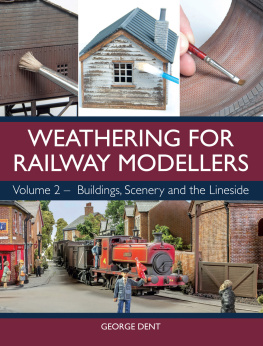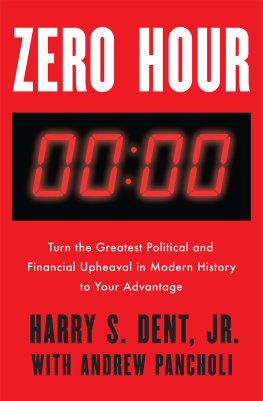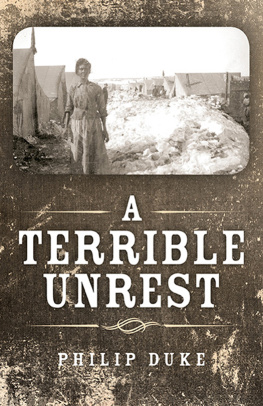WEATHERING FOR
RAILWAY MODELLERS
Volume 2 Buildings, Scenery and the Lineside
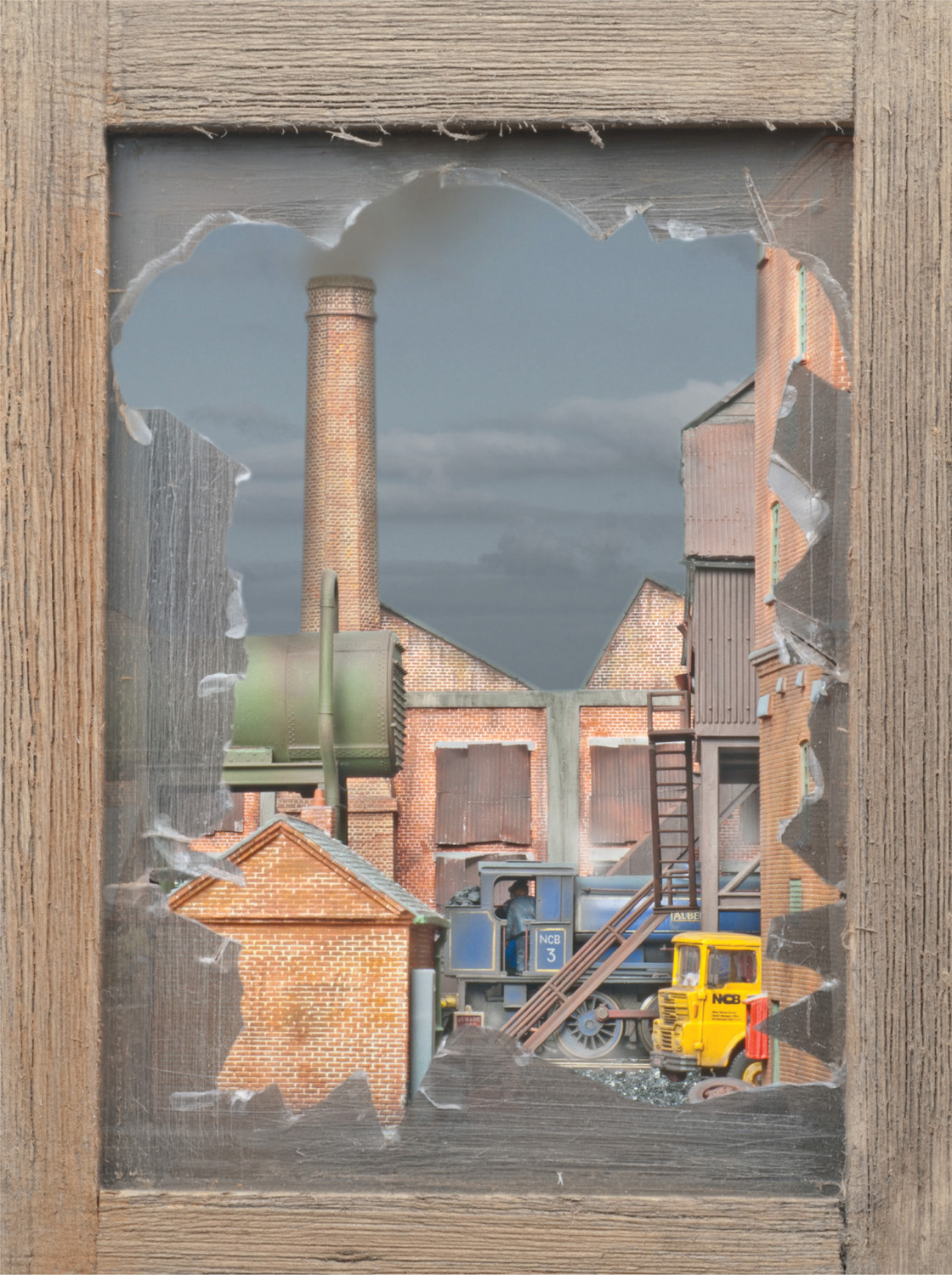
WEATHERING FOR
RAILWAY MODELLERS
Volume 2 Buildings, Scenery and the Lineside
GEORGE DENT

THE CROWOOD PRESS
First published in 2018 by
The Crowood Press Ltd
Ramsbury, Marlborough
Wiltshire SN8 2HR
www.crowood.com
This e-book first published in 2018
George Dent 2018
All rights reserved. This e-book is copyright material and must not be copied, reproduced, transferred, distributed, leased, licensed or publicly performed or used in any way except as specifically permitted in writing by the publishers, as allowed under the terms and conditions under which it was purchased or as strictly permitted by applicable copyright law. Any unauthorised distribution or use of thistext may be a direct infringement of the authors and publishers rights, and those responsible may be liable in law accordingly.
British Library Cataloguing-in-Publication Data
A catalogue record for this book is available from the British Library.
ISBN 978 1 78500 440 7
Disclaimer
Some of the techniques used by modellers for weathering are potentially dangerous. All materials and tools employed in modelling and weathering should be used in strict accordance with both current health and safety regulations and the manufacturers instructions.
CONTENTS
ACKNOWLEDGEMENTS
My special thanks go to Alex Medwell and Lisa Munro at The Airbrush Company, who have provided much help and support over the past ten years, which has been greatly appreciated.
My Model Rail colleagues deserve thanks: Richard Foster, Chris Leigh and especially Chris Nevard for the use of some of his wonderful photographs. Thanks also to Mike Harris.
Big love to all members of the Dent Collective past and present plus little Percy, Robbie, Bernie, Kev and Shirley, who have cheered me up on a daily basis. And finally, thanks to my dad, for getting me into modelling in the first place.
CHAPTER ONE
THE REAL WORLD
Weathering is an odd term and one that, in my opinion, does not quite do justice to the art of improving realism. It is a popular term that entered the modellers lexicon some years ago and I have been something of an evangelist for the weathering cause for a long, long time. More or less from the beginning of my obsession with model making, the quest for ultra-lifelike results has spurred me on to keep trying new methods and materials.
My formative years were spent building Airfix and Matchbox plastic kits, hoping to emulate the wonderful military figures crafted by my dad. Indeed, it was he who first introduced me to the idea of weathering, as an alternative to creating pristine finishes on vehicles, aircraft and buildings. The time-honoured methods of dry-brushing and applying wash coats were learnt at an early stage, bringing a greater degree of shading and highlights as well as adding dirt to three-dimensional subjects.
A parallel interest in model railways saw the same principles applied to locomotives and rolling stock. As funds and time allowed, I managed to pick up more tips and techniques from books, magazines and fellow modellers in all manner of disciplines. My art and craft education also helped, both practically and theoretically. Being taught how to airbrush proved invaluable, but so did being taught how to see.
So much of weathering involves observing and replicating the minutiae of life, much of which we ignore in our day to day lives. How many of us have spent time studying the myriad tones within individual bricks, I wonder? It is easy to mock these things as idle daydreaming, but teaching yourself to look much more closely at the world around us is an important skill for any modeller. Noting how different materials react to the eroding effects of the weather, how paint blisters and peels away, how corroded metal takes on a distinctive texture; each provides vital research material that we can harness and put to good use. Photography allows us to capture images of these factors, so dont be shy and snap away at anything that catches your eye.
WHAT IS WEATHERING?
So, what are my reservations about the word weathering? Its the vagueness of the term that I object to, especially when I hear folks using it to describe plastering black paint over a highly detailed model. I do see the logic behind the use of the term. After all, in most cases, we are actively seeking to replicate the effects of the outside elements the weather upon an object. That may take the form of fading caused by exposure to the sun, extremes of temperature or the effects of sea water. It could be damp streaks caused by rain washing away dirt or splashing up mud from the ground, or perhaps tidemarks caused by rising and ebbing water levels. Man-made factors also come into play, such as smoke staining, leaking fuel or general dust deposits from coal or other inherently dirty commodities.
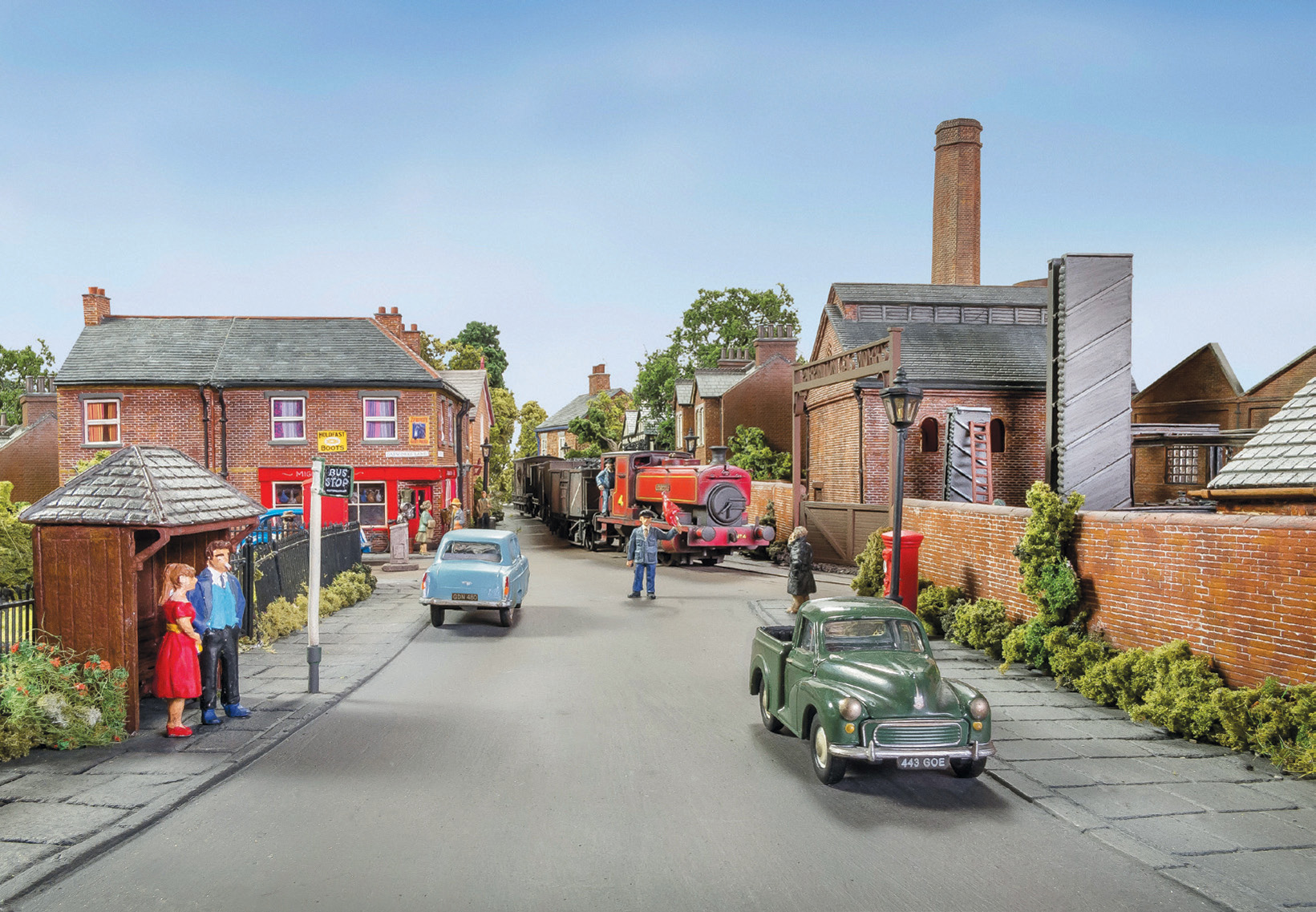
Weathering is a means of ensuring that every aspect no matter how small looks at home in a miniature setting. Road surfaces, cars, buildings, trains and even the people can be treated in specific ways, to create a cohesive whole. CHRIS NEVARD
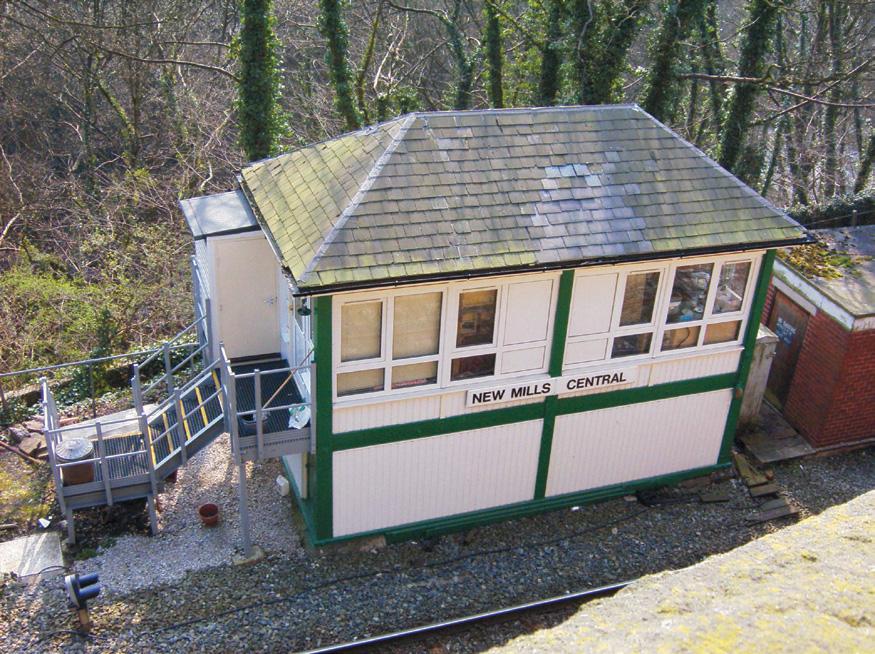
Looking closely at buildings and objects reveals so much interesting contrast and detail. A new lick of paint and uPVC windows have spruced up this signal box, yet the green staining on the slate roof is suggestive of the buildings shady, wooded location.
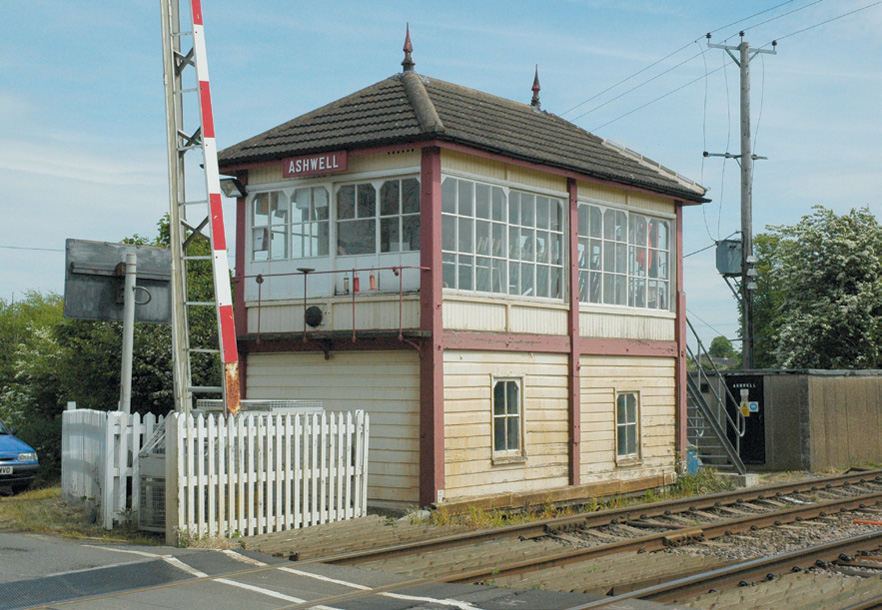
Ashwell is another ex-Midland Railway box. Scrutiny of the woodwork displays faded, peeling paint and a coating of fine brown dust, so typical of trackside structures. Note the repairs to the roof tiles and corrosion on the level-crossing barrier.

Examples of extreme weathering reveal how real materials behave when exposed to the elements.
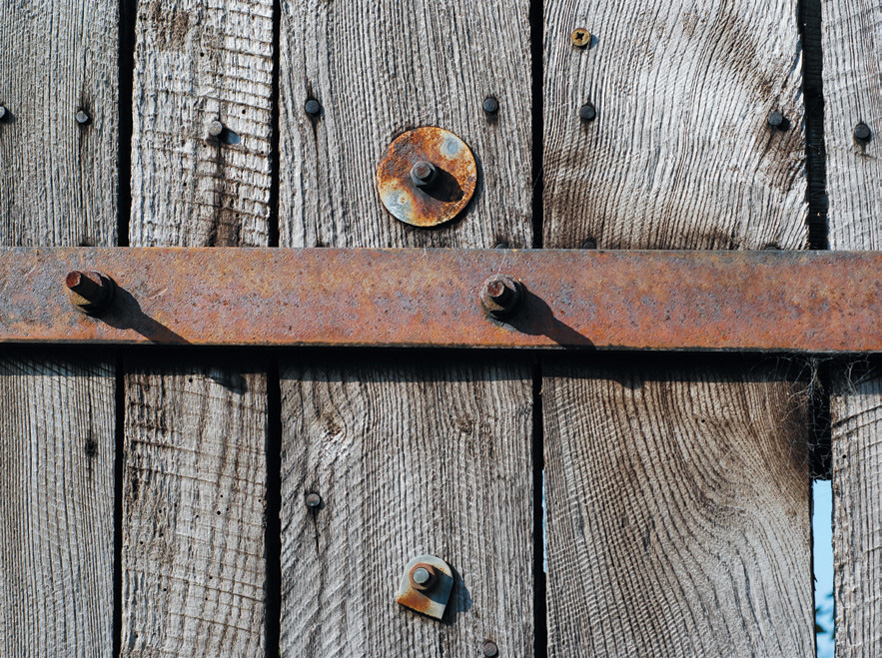
Dont be afraid to look closer. Not only does this image reveal how unpainted oak weathers, but also how a beautiful array of tones can be seen in the rusting hinge and bolts.

Brick and masonry structures feature a wealth of tones and shades, even on the most humdrum of structures.
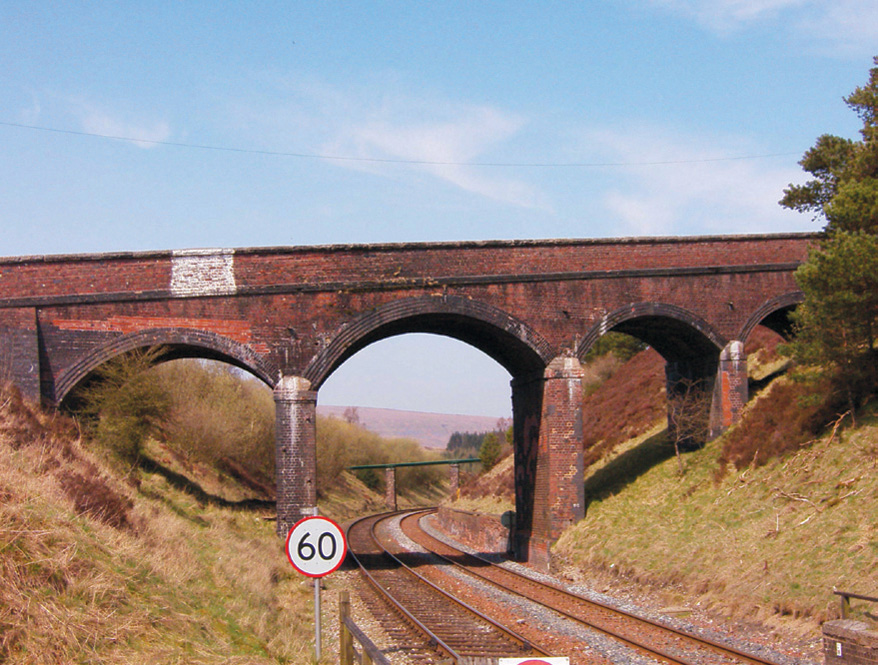
The Coal Road bridge beside Dent station boasts a wide range of brick colours, some decorative, others the result of repairs. Traces of a whitewashed sighting board linger, decades after the semaphore signal was removed.
Next page
